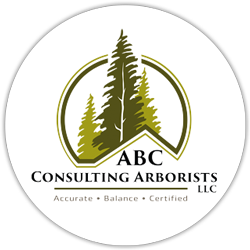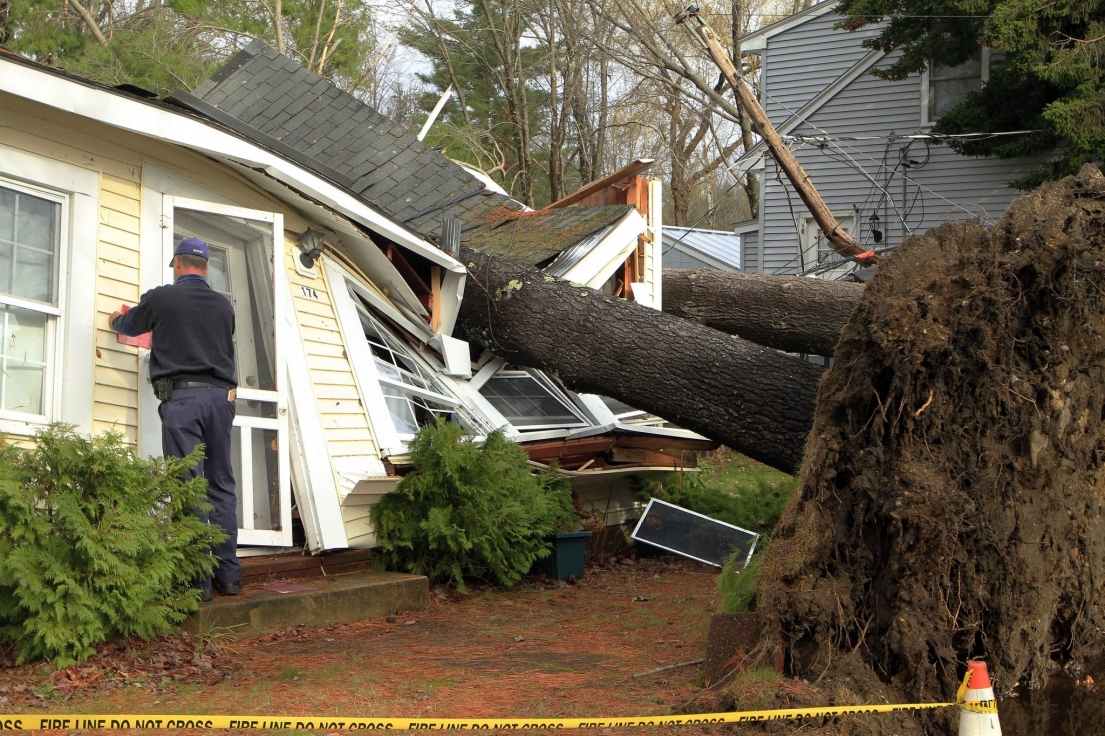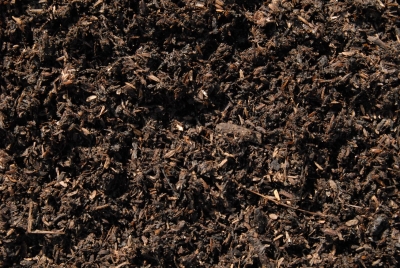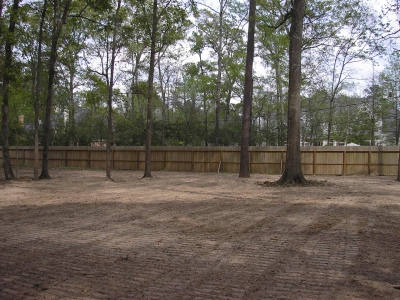Our Approach:
In today’s busy world, and especially in urban areas, there are many demands on a finite land base. Some people want to retain trees for all sorts of reasons, such as beauty, shade, habitat, or screening. But not everyone likes trees, often for equally valid reasons. They grow large and block views, and sunlight. Sometimes they are in the way of development proposals, or have roots that damage infrastructure. Some trees develop structural weaknesses that drastically increase the likelihood of failure and the associated damage that will result. As an expert in tree risk assessment, I know all too well that there are times when the best solution is to remove the tree, no matter how much emotion is attached to it. But there are other times when a well reasoned scientific investigation and analysis can reveal management options other than removal. Each case has its own specific attributes.
My goal is to help you come up with a good scientific solution for your trees. In some cases I may recommend removal as the best option. In other cases I will explain why and how trees can be retained, and will help you to accomplish that, so that the benefits can continue. In my risk assessments, and as an expert witness I strive to be impartial. I will give you my best professional opinion based on the facts of each individual case. No matter how large or how small your project, if it involves trees, inventories, or land use planning with a tree component I will be interested. Contact me and let’s see how I can help you.
Unlike most consulting arborists, we have consultants who are able to climb trees to complete aerial assessments. We use state-of-the-art evaluation tools, including drilling for internal decay detection when deemed prudent, to assess trees. Our approach is intended to save valuable trees and identify those that are of concern for potential risk.
We provide detailed custom management plans for each evaluated tree, with instructions for pruning or removal to reduce risk, diagnosis and treatment recommendations to improve health, and general tree care instructions can be included in the assessment.
Our ISA Qualified Tree Risk Assessors use the current tree risk assessment methods, a science-based approach, using ANSI A300 Part 9 methods. We also work closely with plant pathologists and testing labs, which enables us to make broad-based and accurate assessments and develop effective treatment plan.
There are 3 levels of assessment. Your consultant can work with you to determine what level is best for your situation and budget.
Level 1: Limited Visual Assessment
The Level 1 assessment is a visual assessment from a specified perspective of an individual tree or a population of trees near specified targets to identify obvious defects or specified conditions. A limited visual assessment typically focuses on identifying trees with an imminent and/or probable likelihood of failure. Level 1 assessments do not always meet the criteria for a “Risk Assessment” if they do not include analysis and evaluation of individual trees. A constraint of limited visual inspections is that some conditions may not be visible from a one-sided inspection of a tree, nor are all conditions visible on a year-round basis. Also, a Level 1 risk assessment may not be adequate to make a risk mitigation recommendation. The assessor may use the Level 1 inspection to determine which trees require further inspection at the basic or advanced levels after which an appropriate mitigation can be recommended.
Level 2: Basic Assessment
A level 2 or basic assessment is a detailed visual inspection of a tree and surrounding site, and a synthesis of the information collected. 1)The crown of the tree is examined for current vigor. Inspecting the crown (foliage, buds and branches) for color, density, form, and annual shoot growth, limb dieback and disease. Branches are inspected for cracks and other defects, as well as needs for remedial 2)The bole or main stem of the tree is inspected for decay, which includes cavities, wounds, fruiting bodies of decay (conks or mushrooms), seams, insects, bleeding, callus development, broken or dead tops, structural defects and unnatural Structural defects include crooks, forks with V-shaped crotches, multiple attachments, and excessive sweep. 3)The root collar and roots are inspected for the presence of decay, insects and/or damage, as well as if they have been injured, undermined or exposed, or original grade has been
Basic is the standard assessment that is performed by arborists in response to a client’s request for tree risk assessment.
Inspection tools: binoculars, hypsometer, magnifying glass, mallet, trowel, shovel, & probe may be used. Drilling for root and trunk decay may be included for an additional fee.
Level 3: Advanced Assessment
Advanced assessments are performed to provide detailed information about specific tree parts, defects, targets, or site conditions. They are usually conducted in conjunction with or after a basic assessment if the tree risk assessor needs additional information and the client approves the additional service. Specialized equipment, data collection and analysis, and/or expertise are usually required for advanced assessments. These assessments are therefore generally more time intensive and more expensive.
Trees should be assessed every 5 years or after a significant weather event, not only for your peace of mind, but to fulfill the “Duty of Care” as a tree owner. Click here for Duty of Care Info.









Recent Comments